I am using a pressure sensor with my Arduino Uno. Below is the amplification circuit for the sensor.
The recommended reference voltage is 1V DC, but I had been using the 3.3 V of Arduino as reference and been getting 206 ADC values at 1 volt dc with rise of 2 ADC value for 1 mmHg rise.
To increase the sensitivity of the system I first desired to bring the base value of the ADC down to 0, so I added resistances in the path of the reference voltage 3.3 V but after a point no matter how high the resistance the base value wouldn't drop below 54 ADC. I am currently holding the reference voltage at close to 1V DC. Now with my ADC at 54, I should be able to amplify my signal by 1024/54 = 18 times, but to do that I used a LM324N and the outcome was not ideal. To estimate the gain in each op-amp I used the below calculation which was for a LM358 but which I thought might be the same here.
So I placed a 56K in R2 of first Op amp of the four in LM324N, and I placed a 10K in the R2 of the second Op-amp. Result - a base ADC of 700 (with noise fluctuation) But no shift in ADC values with change in pressure. In fact I notice that even if I change the R2 of first op-amp to 10K, then there is a shift in ADC with pressure rise but not as much as needed. If I use the third op-amp the signal goes haywire and AC like.
I need to know which amplifier to use so that noise is minimal possible, drift is minimal possible, reaction to pressure change is instantaneous, outcome stays linear.

